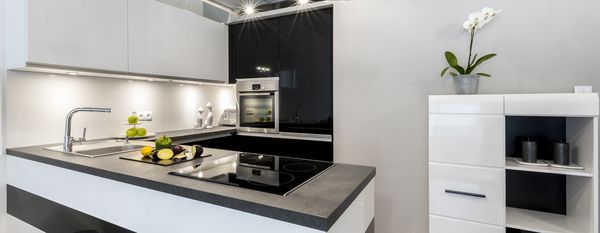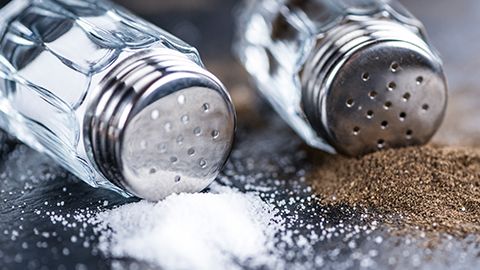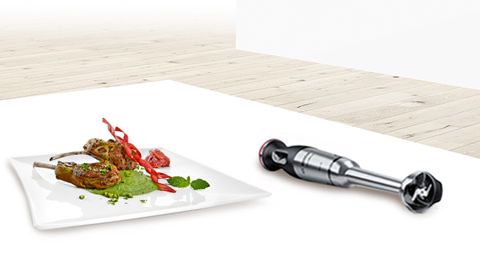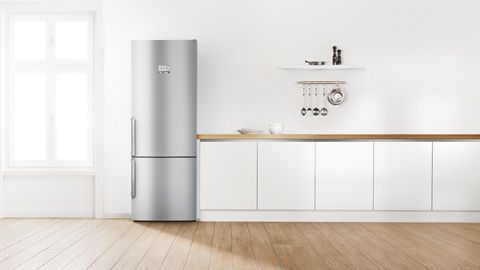Nothing feels better than stepping into a fresh, clean home.
The beds are made, sofa is dusted, floors mopped and toilets scrubbed spotless. Yet, are we absolutely sure we've gotten rid of every last grime for the day?
There’s a surprising number of the dirtiest places in the house that we don’t know about and they aren’t exactly where you’d expect them to be, such as toilet bowls and trash cans. Mircrobiologists from NSF International, a global public health and safety organisation got down and dirty reveal results from their studies that will astound you.
What ranks as the "germiest" place is, ironically, not the bathroom, but the kitchen.
It is alarming how we are unknowingly making ourselves and others sick by not paying proper attention to kitchen hygiene. To help you protect the health of everyone in the home, we have listed the hotspots you should be looking out for.

Dirtiest Item #1
The kitchen sponges. The handy tool that washes and keeps your dishes spotless is ironically the dirtiest item in the home. According to the NSF 2011 study, these sponges harbour a seriously high number of germs as they're constantly kept in such a warm and moist environment. After three weeks of use, 70 percent started exhibiting bacteria such as E. coli, salmonella, listeria, yeast and mold - pathogens that can cause food poisoning.
An excellent way to kill these germs is to place wet sponges in a microwave for two minutes. Doing this kills most viruses and parasites growing on the sponge. However, it is always safer to dispose and replace the sponge at least once every two weeks.
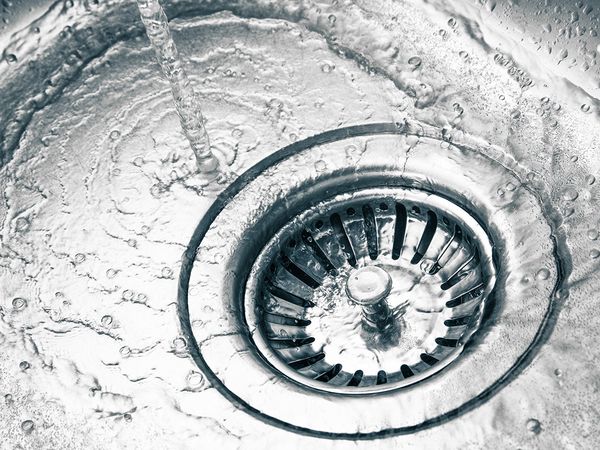
Dirtiest Item #2
The kitchen sink. It is the place where everything unclean goes to get cleaned. Although, we use soap and water multiple times a day when cleaning at the sink, studies have shown that it can be dirtier than your toilet bowl post-flush.
Despite that fact, the sink can be germ-free simply by thoroughly scrubbing the entire surface with hot water and soap. Remember to sanitise the drain and faucet handle as well. Do this at least once or twice a week.
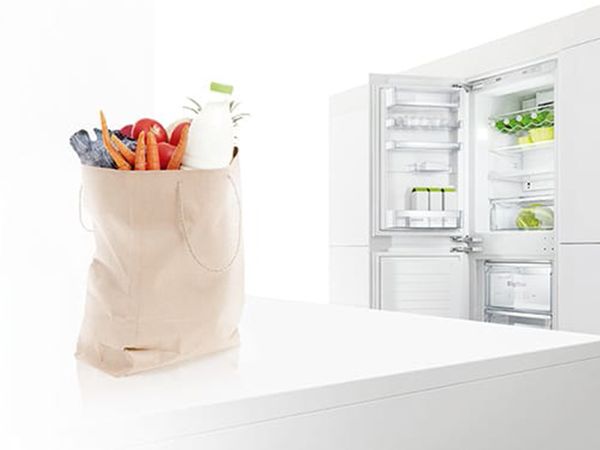
Dirtiest Item #3
The refrigerator. The chiller is home to many kinds of harmful bacteria. It is mainly due to the fact that the compartments, and even door shelves, come into direct contact with food. More specifically, the vegetable and meat compartments; water and ice dispensers; as well as the food containers with the rubber seals. Make a habit of spring cleaning the fridge every week so you can toss out expired food items or long forgotten takeaway dinners – hotbed for bacteria to flourish. Do a thorough wipe with soap and water to remove any sticky residue that may get left behind, and wipe them dry with a microfiber cloth. Avoid chemical cleaners as you wouldn’t want your food to be in contact with toxic fumes. It may take a little bit of time and effort, but the reward of a clean home and a healthy family makes every hassle worthwhile.
